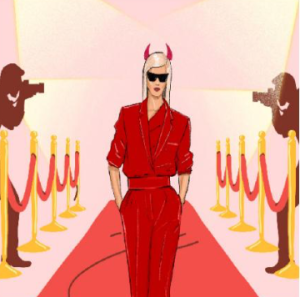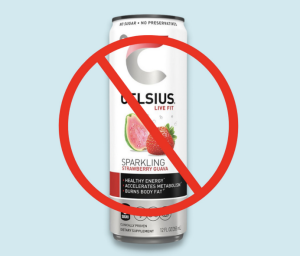Sunflowers Mixed with Soup
November 17, 2022
In London on October 14th, two members of the Just Stop Oil activist group covered a Van Gogh painting in tomato soup. Covering The SunFlowers was a form of nonviolent activism to raise awareness for the issue of climate change.
“Climate change has been an issue for many years now,” said GC gallery director, Megan McNaught.
The Just Stop Oil activist group has been silently protesting for many years now but has now taken new measures to raise awareness. The British government announced that they were now allowing new oil and gas licenses after committing to fight against climate change in hopes of improving domestic production. This pushed the activist group to take a new form of protesting.
Some people do believe that this act of protesting was an appropriate way, especially in today’s world.
“I totally understand the protestors targeting a piece of iconic art like that because they want to get in front of people,” said McNaught. “I think the message they want to send out requires something like this. I don’t think it was too far and I think things have to be more dramatic and brash and riskier than ever to get attention.”
“It’s not the only way to get attention, but it is one way,” said GC art professor, Bill Fisher.
Fisher found the activism to be well-organized and deeply considered actions in response to a desperate state of affairs regarding the health of our planet.
Some students find this act to be funny, but not at all beneficial.
“I thought it was interesting in almost a silly way,” said sophomore biology major Rehema Karanja. “We know they are making a statement by doing this, but how is this helping the environment?”
Some GC students believe that the act did nothing.
“I just don’t think violating historical artifacts is the appropriate way to raise awareness,” said sophomore English major Claire Kosobud
Others believe that although the act was not beneficial, it still brings awareness.
“I think it brings attention, but it isn’t bringing change,” said sophomore early childhood education major Mariah Hamlin. “It’s not making an active statement on how we can do things any better”
“If I were more invested, I would definitely use the subjective view of art to portray the dangers of climate change,” said Kosobud.
GC students also believe that the act is not as big of a deal as it is made out to be.
“The painting is just an object and no one was harmed,” said Karanja. “Throwing soup isn’t raising money and what they need is money to fix the problem.”
“As someone who really appreciates historical art, I would not participate in that sense, but I’m all for people standing up for what they believe in,” said Kosobud.
Some are hopeful that this form of activism which was covered in the news worldwide, will bring more awareness to climate change, and will spur some form of beneficial actions.
“It could spur major cultural institutions to do their most for the cause of environmental awareness, and that would be great,” said Fisher. “Will it lead to real positive change, or at least add to the public discourse in ways that benefit our future generations? I hope so.”






